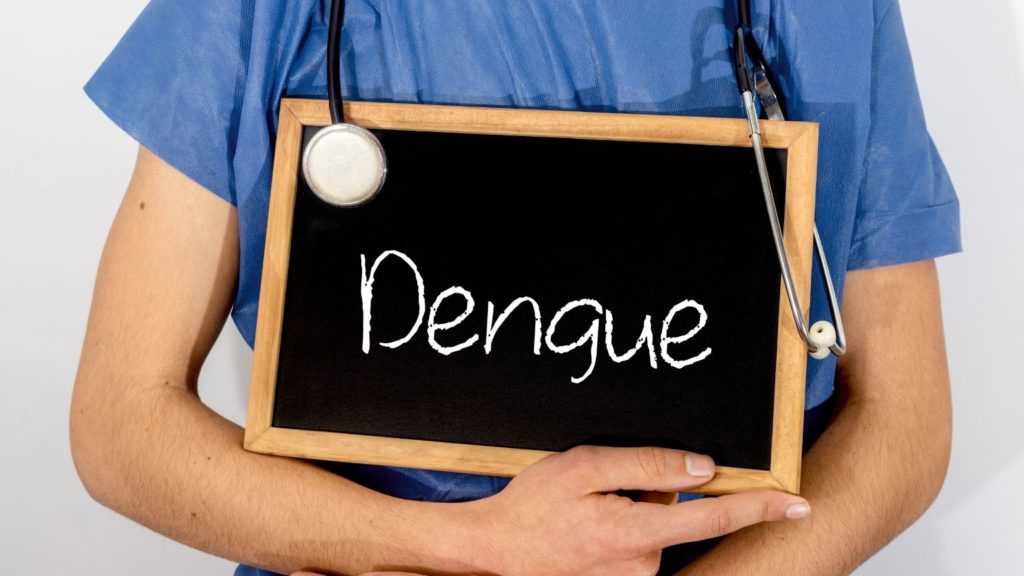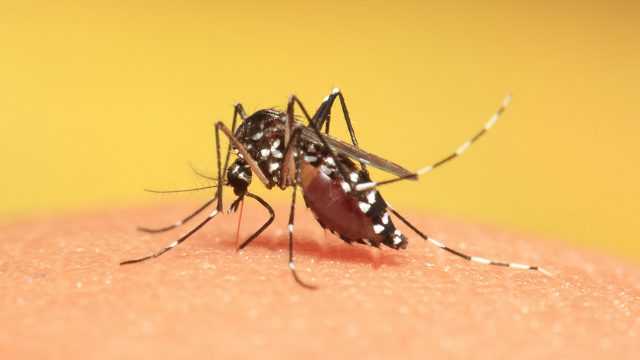In 2011, there was an outbreak of dengue fever in Pakistan. According to a report from WHO (World Health Organization), there have been 16,580 confirmed cases of dengue since 2010. At first, there was no cure for dengue. But with the passage of time, the researchers have coped up with the disease. Still, many people are dying because of dengue by not getting checked at the right time; it is due to the lack of awareness about the disease.


Infected Aedes mosquito bites the person, and it induces dengue. The infected mosquito bites a human and transfers the virus. There are four types of dengue viruses which are closely related to each other. A person can be affected by any of these four types of viruses, they all have same symptoms.
Sometimes, the symptoms of dengue fever are misinterpreted and confused with other diseases. It is important to identify the symptoms and seek the aid of a doctor at the right time.
1. Headache: In dengue fever, the patient experiences severe headaches which is one of the symptoms of the disease.
2. High fever: The virus causes high fever due to which the patient starts to sweat, and the body temperature rises. However, the body feels the temperature change. The temperature increases to 104 F to 105 F. It is a very high number and unnatural for a body to experience it.
3. Muscle and joint pain: This disease is also known as bone crusher disease. The patient experiences severe pain and weakness in lower back, legs and other muscles.
4. Rashes: In the first phase of dengue fever, the body gets covered by a skin rash. The rash is small and red in big patches, and it prevails throughout the illness. But, in the second phase of the disease, the rash starts to resemble like measles. These skin rashes are itchy, and the skin starts to peel off from the edges.
5. Nausea and vomiting: Due to this infection patients experience nausea and vomiting. However, nausea is not taken seriously because it commonly occurs in a high fever.
6. Fatigue: Due to this disease, the patient feels tired and fatigued.It is also due to the muscle and joint pain.
7. Bleeding: In the later stage of the illness mild bleeding starts in gums and nose. The bruising on the body also begins to show. Bleeding is due to dengue hemorrhagic fever, it is because the blood vessels and lymph get harmed. Hemorrhagic fever is rare, and it affects the liver and circulatory system.
8. A Low number of platelets: The platelet count reduces instantly, and platelet count below 20,000 is considered to be low. Low platelet count affects the body’s ability to stop a wound. Due to the inability of the body to halt the injury is very dangerous.
9. Diarrhea: The stomach is severely affected by dengue fever, due to which the other symptoms surfaced, like vomiting and nausea. Due to diarrhea, the minerals from the body decrease and the patient feels weakness.
10. Heart: The fever affects the heart and also the heart muscles and blood circulation, due to which the pulse rate decreases. According to the study from Indian Express, around 50% of people were diagnosed with abnormalities in their ECG’s. Slow heart rate and low blood pressure is a dangerous combination, which is induced by dengue.
Visit Akram Medical Complex for a complete dengue check up.

